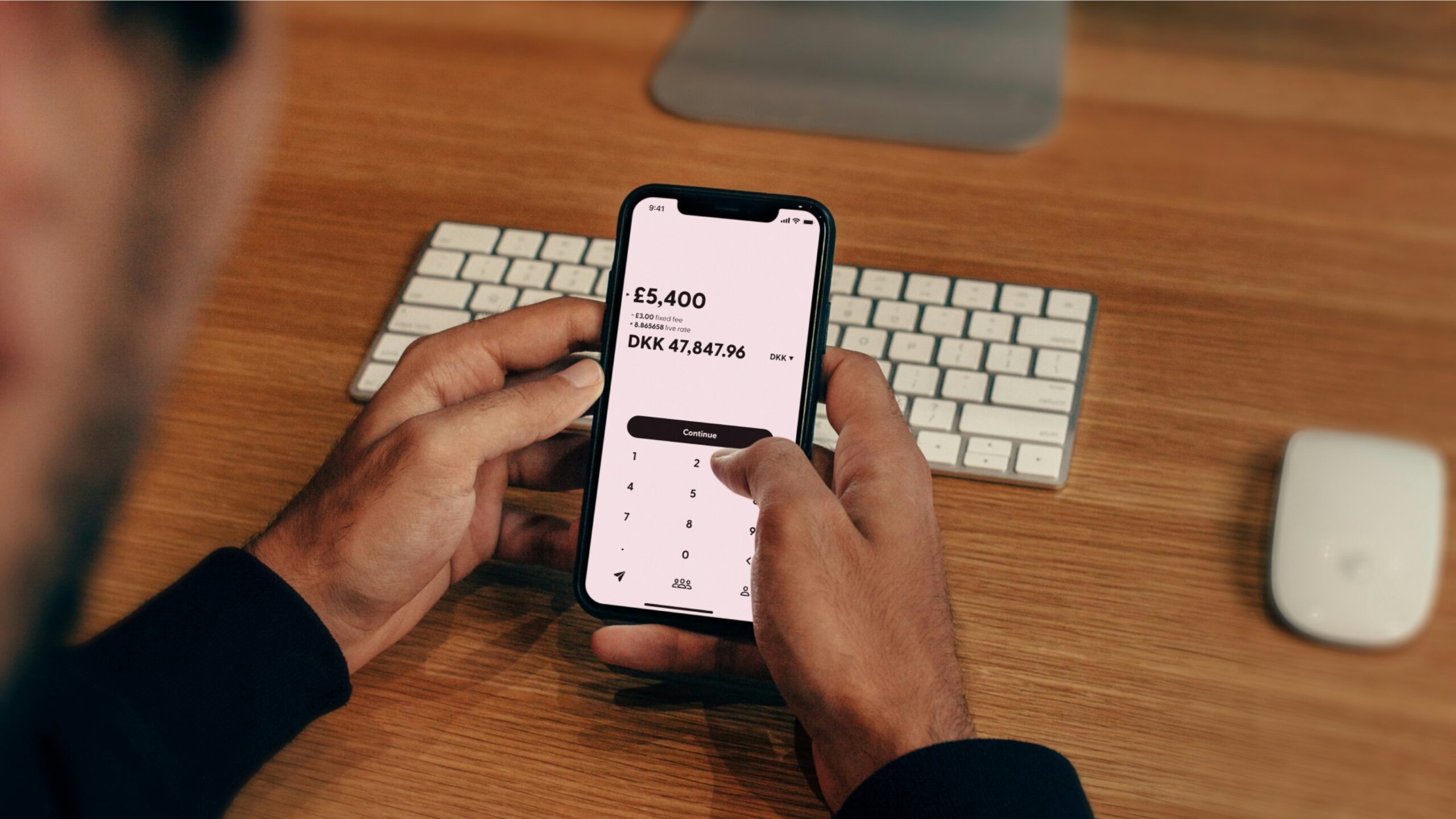In today’s fast-paced world, managing our finances has become more important than ever. With the rise of digital banking and finance apps, individuals now have the power to monitor and control their money with just a few taps on their smartphones. However, not all finance apps are created equal. The user interface (UI) and user experience (UX) play a crucial role in determining the success and effectiveness of these apps. In this article, we will explore some UI/UX strategies that can transform finance apps into powerful tools for simplified money management.
1. Intuitive and User-Friendly Design:
The first step towards creating a successful finance app is to ensure that the design is intuitive and user-friendly. Users should be able to navigate through the app effortlessly, with clear and concise instructions at every step. A clutter-free interface with well-organized menus and icons can greatly enhance the user experience.
2. Personalized Dashboard:
A personalized dashboard is a key feature that can make a finance app stand out. By providing users with a snapshot of their financial health, including account balances, expenses, and income, the dashboard becomes a central hub for managing finances. The ability to customize the dashboard to display the most relevant information to each user adds an extra layer of personalization.
3. Streamlined Onboarding Process:
The onboarding process is the first interaction users have with a finance app. It is crucial to make this process as seamless as possible. By minimizing the number of steps required to set up an account and linking the app to existing bank accounts, users can quickly start using the app without any hassle. Clear instructions and tooltips can guide users through the onboarding process, ensuring they understand the app’s features and benefits.
4. Smart Budgeting and Expense Tracking:
One of the main reasons people use finance apps is to track their expenses and create budgets. By implementing smart budgeting features, such as categorizing expenses and setting spending limits, users can easily keep track of their financial goals. Real-time expense tracking, with notifications and alerts for overspending, can help users stay on top of their finances.
5. Seamless Integration with Banks and Financial Institutions:
To truly simplify money management, finance apps should seamlessly integrate with banks and financial institutions. This integration allows users to view their account balances, transaction history, and even make transfers directly from the app. By eliminating the need to switch between multiple apps or websites, users can have a holistic view of their financial situation in one place.
6. Data Security and Privacy:
When it comes to finance apps, data security and privacy are of utmost importance. Users need to trust that their personal and financial information is safe and protected. Implementing robust security measures, such as encryption and two-factor authentication, can instill confidence in users and encourage them to use the app regularly.
7. Interactive Visualizations:
Finance apps can leverage interactive visualizations to present complex financial data in a user-friendly manner. Graphs, charts, and diagrams can help users understand their spending patterns, identify trends, and make informed financial decisions. Interactive elements, such as the ability to drill down into specific categories or time periods, can enhance the user experience and provide valuable insights.
8. Seamless Customer Support:
Inevitably, users may encounter issues or have questions while using a finance app. Providing seamless customer support within the app, such as live chat or a dedicated help center, can greatly improve the user experience. Prompt and knowledgeable responses to user queries can build trust and loyalty towards the app.
In conclusion, the UI/UX strategies discussed above can transform finance apps into powerful tools for simplified money management. By focusing on intuitive design, personalization, streamlined onboarding, smart budgeting, seamless integration with banks, data security, interactive visualizations, and seamless customer support, finance apps can provide users with a seamless and efficient way to manage their finances. As technology continues to evolve, it is essential for finance apps to adapt and prioritize user experience to meet the ever-changing needs of users.









Leave a Reply